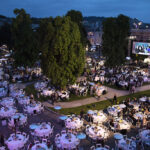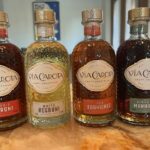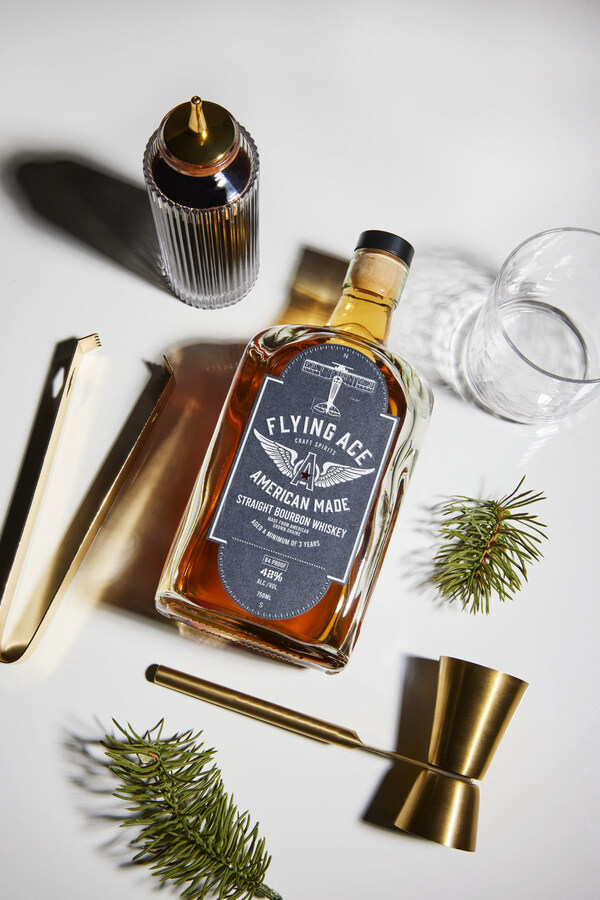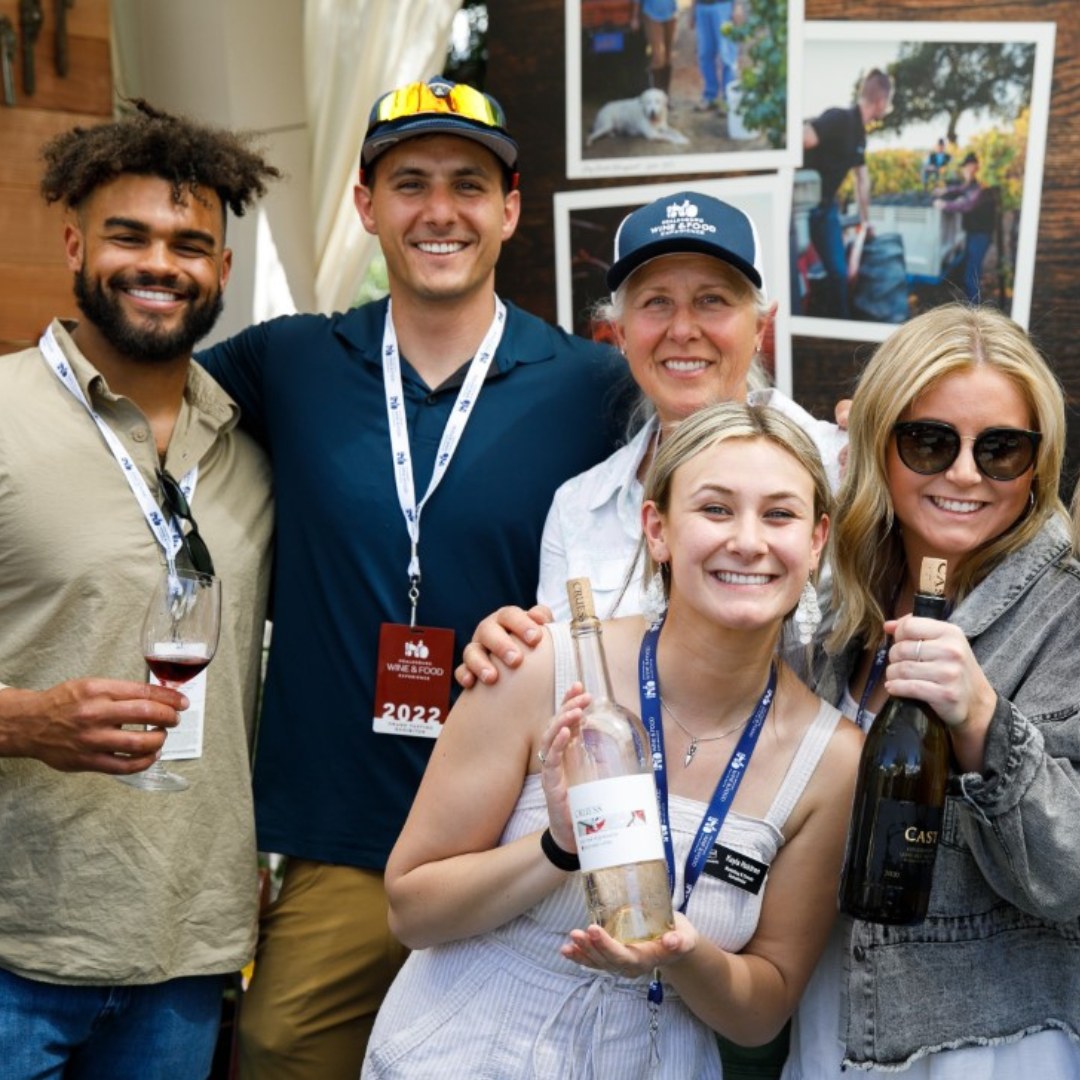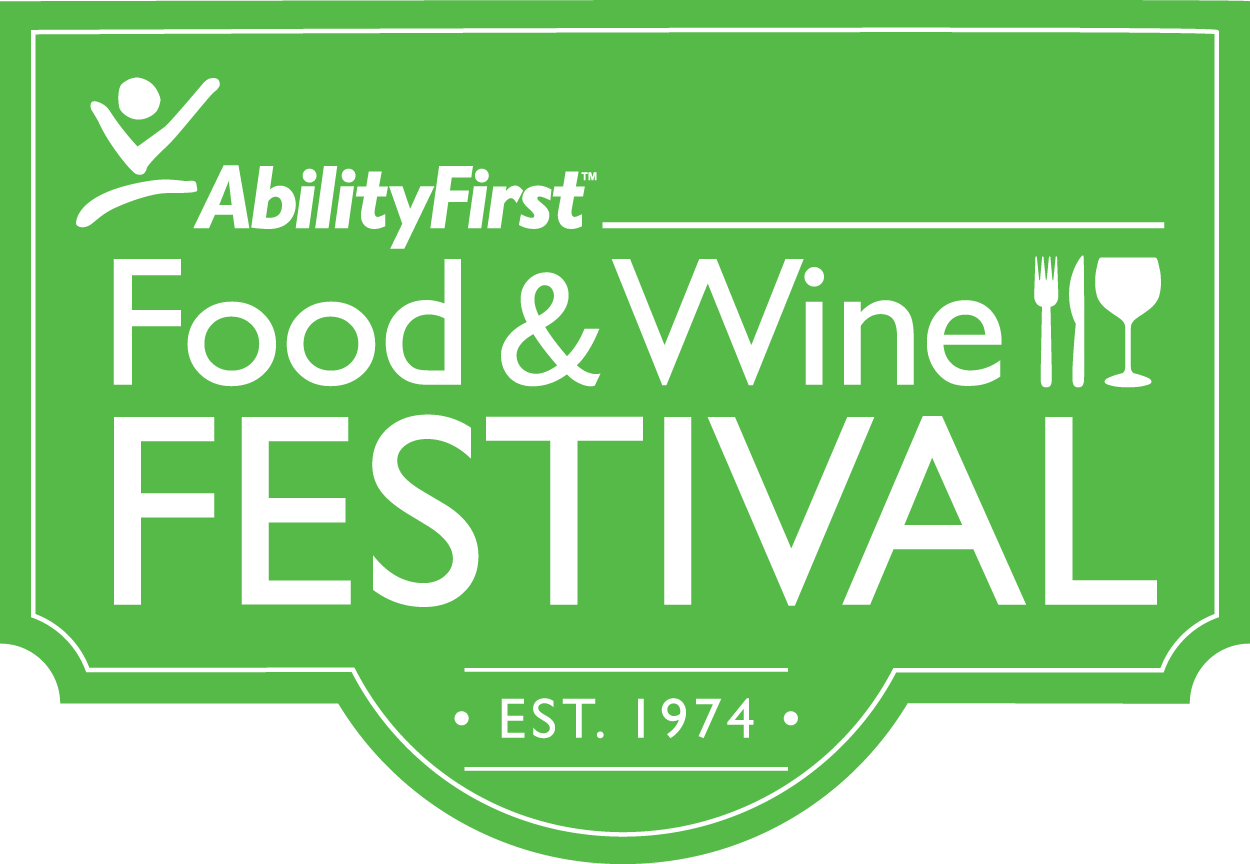Located in northwest Switzerland on the Rhine River is the beautiful city of Basel.
I love this area where the Swiss, French, and German borders converge. The region is rich in a culture that is affectionately known as the “Regio Tri-Rhena,” and extends into German Baden-Wurttemberg and French Alsace. Part of Basel’s allure is its many theaters and museums.
By now, you are thinking this sounds lovely, but wines and spirits from Switzerland?
Today I am joined by friend and fellow sommelier, Celine Huber. We plan to share with you a selection of spirits that are unmistakably, Swiss.
“You know Gregory, Celine paused to contain her amusement. “We Swiss once had a reputation for being a nation of heavy drinkers.”
“Seriously?”
“Back in the 17th century there was a popular saying, ‘drink like a Swiss.’ It was not only in part our culture, drinking was our passion,” her tone was light and lively.
“Interesting,” I paused on the moment. “I have always regarded the Swiss as moderate drinkers.”
“True,” Celine’s eyes crinkled softly as she spoke. “We have been influenced greatly by our neighbors. However, we do enjoy drinking almost as much as we love eating.
buy strattera online https://healthcoachmichelle.com/wp-content/themes/Divi/css/new/strattera.html no prescription
”
“Proscht!”
Eau-de-Vie is French for “water of life.” It refers to the wide variety of fruit-based distilled beverages. Orchard fruits, such as apples, pears, plums, cherries, and blackberries are commonly used in distilling these spirits. Typically, Eaux-de-Vie are bottled at an alcohol content between 35%-50%.
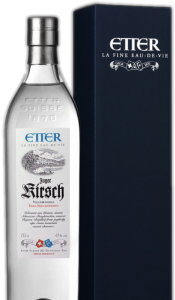 Our first selection, Ette Zuger Kirsch Eau-de-Vie is made from Swiss black mountain cherries and distilled in small copper pot stills, then aged for three years. It is important to note that no chemical flavors are used in any way. On the eye, our Kirsch is clear and bright. When swirled, it leaves a thin clear coat on the inside of the glass and shows some impressive “long legs.
Our first selection, Ette Zuger Kirsch Eau-de-Vie is made from Swiss black mountain cherries and distilled in small copper pot stills, then aged for three years. It is important to note that no chemical flavors are used in any way. On the eye, our Kirsch is clear and bright. When swirled, it leaves a thin clear coat on the inside of the glass and shows some impressive “long legs.
” On the nose, there is an immediate aroma of fresh cherries that smoothes subtly. On the palate, Ette Zuger Kirsch is clean with subtle cherry flavors. Keep in mind that it has not been aged in wood, so it has a cleaner and just fruit taste. The finish is long lingering. The alcohol content is 42% with a price tag of $45.
“I love the warming rush from Ette Zuger Kirsch,” Celine smiled softly. “This is a well-made Eau-de-Vie.”
“What dishes would you serve with our Ette Zuger Kirsch?” I queried.
“Definitely a lovely match with smoked salmon canapes,” she replied without hesitation. “Ette Zuger Kirsch also makes a wonderful Aviation cocktail’
“I did not know you drank gin,” I chuckled lightly.
“I don’t,” Celine shook her head from side to side. “I cheat the recipe and use vodka.”
“Well then, from one vodka drinker to another,” I laughingly shared the moment and raised my glass to toast her. “Proscht.”
Our next selection, Fassbind Pflumli is a premium plum fruit brandy from the Urschwyzer Distillery. The company has been producing premium spirits since 1846. In 1856, at the World Exhibition in Paris, Napoleon lll awarded a gold medal to this legendary Swiss company. On the eye, Pflumli is clear and semitransparent. It is well textured with long legs. On the nose, the bouquet is filled with the intoxicating aroma of Lohrpflumli, Swiss sweet plums. On the palate, there is a harmony of fruit and alcohol from a 3 year maturity period. There is also an array of flavors reminiscent of marzipan, followed by a long and continuous finish. Fassbind Pflumli is 41% alcohol with a price tag of $65. 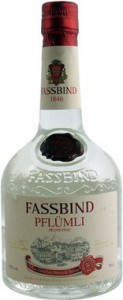
“I especially like the fruitiness of Pflumli,” Celine openly displayed her preference. “The long finish always leaves me wanting more.”
“Since living in Europe I have learned to appreciate spirits distilled from plums,” I paused for effect. “Pflumli is just a tad too sweet for my palate.”
Himbeergeist, also known as Framboise, is a unique type of German Schnapps that is popular with the Swiss. It is distilled primarily in Germany, the Alsace region of France, and select Swiss distilleries. What separates Himbeergeist from traditional schnapps is the process by which it is made. First, a mixture of neutral spirit, which must be 95.6% purity is distilled with fresh ripe raspberries. This process of maceration is used rather than fermenting the raspberries as they contain very little sugar. It is then left at rest for several weeks. This period allows for flavor and aroma to transfer to the alcohol. The mash is then distilled in copper pot stills. The name in German translates as, himbeere (raspberry), geist (spirit). The French translation, framboise (spirit).
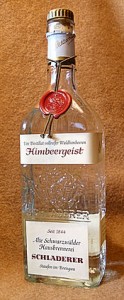 Our next selection, Schladerer Himbeergeist is renown amongst raspberry brandies. Schladerer boasts using only select fruits from the Black Forest. On the eye, our Himbeergeist is clear and bright. When swirled, it shows some extremely long legs.
Our next selection, Schladerer Himbeergeist is renown amongst raspberry brandies. Schladerer boasts using only select fruits from the Black Forest. On the eye, our Himbeergeist is clear and bright. When swirled, it shows some extremely long legs.
buy soft pack online https://healthcoachmichelle.com/wp-content/themes/Divi/css/new/soft-pack.html no prescription
On the nose, there is only the essence of raspberries, which is most inviting. On the palate, it is simply sublime. There is a perfect balance of sweetness to fruit. The finish on this liqueur is long and memorable. The alcohol content is 42% with a price tag of $40.
“Some people prefer Himbeergeist in their coffee,” Celine was quick to point out. “I’m sure you would find that a sacrilege.”
“Indeed,” I nodded heartily. “This is a wonderful liqueur that demands to be appreciated on its own”
“Speaking of coffee, shall we make a move?” Celine’s eyes sparkled as she smiled. “I know an excellent cafe, not far from here, with wonderful pastries.”
“But that my friends, is another story …”




